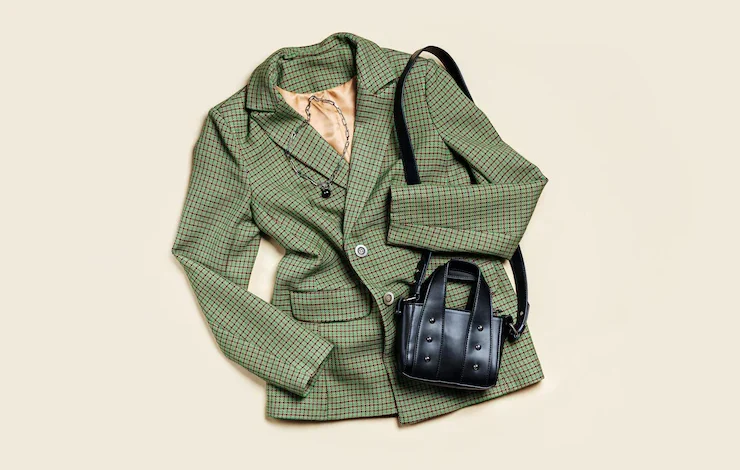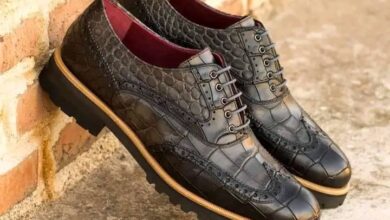How to start a Vintage clothing store in South Africa

South Africa’s rich cultural heritage and diverse fashion scene make it an ideal market for starting a vintage clothing store. Vintage fashion has gained immense popularity in recent years, with people seeking unique and sustainable clothing options. If you have a passion for fashion and a keen eye for timeless style, opening a vintage clothing store can be a rewarding venture. This article will guide you through the essential steps to start a successful vintage clothing store in South Africa.
Step 1: Conduct Market Research Before embarking on your vintage clothing store journey, it’s crucial to conduct thorough market research. Analyze the local fashion industry, identify your target audience, and evaluate the demand for vintage clothing in your area. Look for gaps in the market that you can fill and assess the competition to develop a unique selling proposition for your store.
Step 2: Develop a Business Plan Creating a comprehensive business plan is essential for mapping out your strategies, setting goals, and securing financing. Outline your store concept, brand identity, pricing strategy, marketing plan, and financial projections. Include details about sourcing vintage clothing, identifying potential suppliers, and creating a compelling store layout.
Step 3: Obtain the Necessary Permits and Licenses Complying with legal requirements is vital when starting any business. Contact your local municipality or relevant authorities to understand the permits and licenses needed to operate a vintage clothing store in South Africa. This may include business registration, tax registrations, zoning permits, and health and safety certifications.
Step 4: Source Unique Vintage Clothing The success of your vintage clothing store heavily relies on your inventory. Establish relationships with reputable vintage clothing suppliers, thrift stores, and estate sales. Attend auctions, flea markets, and garage sales to discover unique pieces that resonate with your target audience. Focus on curating a diverse collection that encompasses different eras, styles, and sizes.
Step 5: Create an Engaging Store Environment Designing an inviting and visually appealing store is crucial for attracting customers. Consider the layout, lighting, and decor that aligns with your brand image. Display your vintage clothing in an organized and accessible manner, allowing customers to explore and appreciate the uniqueness of each item. Invest in quality hangers, mannequins, and display racks to showcase your merchandise effectively.
Step 6: Establish an Online Presence In today’s digital age, an online presence is essential for any retail business. Create a user-friendly website or an online store to reach a broader audience. Utilize social media platforms like Instagram, Facebook, and Pinterest to showcase your vintage clothing, share styling tips, and engage with customers. Consider offering online shopping and shipping options to expand your customer base.
Step 7: Develop Marketing and Branding Strategies Crafting effective marketing and branding strategies will help you build a loyal customer base. Utilize various marketing channels such as print advertisements, collaborations with local influencers, and hosting in-store events. Leverage social media platforms to showcase your unique vintage finds, offer exclusive promotions, and engage with your target audience. Invest in professional photography to highlight the quality and aesthetic appeal of your vintage clothing.
Step 8: Provide Excellent Customer Service Delivering exceptional customer service is crucial for establishing a positive reputation and repeat business. Train your staff to be knowledgeable about vintage fashion, provide personalized styling advice, and offer a memorable shopping experience. Respond promptly to customer inquiries and feedback, and continuously seek ways to improve your customer service.
Starting a vintage clothing store in South Africa offers an exciting opportunity to tap into the growing demand for unique and sustainable fashion. By conducting thorough market research, sourcing high-quality vintage clothing, creating an engaging store environment, and implementing effective marketing strategies, you can build a successful and profitable business. Remember, passion, creativity, and a commitment to customer satisfaction are the keys to thriving in the vintage fashion industry.




